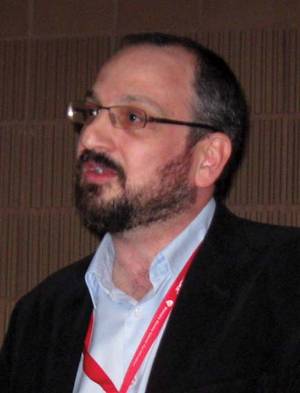During a mean follow-up of 2.6 years, 25 such events – all of them nonfatal ischemic strokes – occurred. Nine of these strokes occurred in the closure group and 16 in the medical therapy group, a nonsignificant difference.
In this primary intention-to-treat analysis, there was a "nominal" 51% risk reduction with the closure procedure, but the difference between the two study groups did not reach statistical significance, the investigators reported (N. Engl. J. Med. 2013;368:1092-1100).
However, in a per-protocol analysis and an as-treated analysis, closure of the PFO was found superior to medical therapy alone in preventing recurrent stroke.
An exploratory subgroup analysis suggested that patients with an atrial-septal aneurysm and patients with exceptionally large shunt size also benefited more from PFO closure than from medical therapy alone. And a post hoc analysis suggested that PFO closure was more effective than medical therapy at preventing larger strokes.
The rates of serious adverse events did not differ significantly between the closure group (23.0%) and the medical therapy group (21.6%). A total of 22 serious adverse events in the closure group were attributed to the procedure or the device, including two cases of pericardial tamponade.
Like the PC Trial, the RESPECT study had several limitations. There was a significant difference between the two study groups in the dropout rate, the authors noted, "which resulted in unequal duration of exposure to the risk of recurrence." Also, both entry and retention biases may have occurred, because the highest-risk patients "were preferentially treated outside the trial," Dr. Carroll and his associates said.
Both the PC Trial and RESPECT study were funded by St. Jude Medical, maker of the percutaneous PFO closure device used in both studies. Dr. Meier reported receiving consulting fees from St. Jude Medical and grant support to his institution from Abbott, Cordis, and Medtronic; and his associates reported numerous ties to industry sources. Dr. Carroll reported ties to St. Jude Medical, Philips Healthcare, and W.L. Gore, and his associates reported numerous ties to industry sources.

